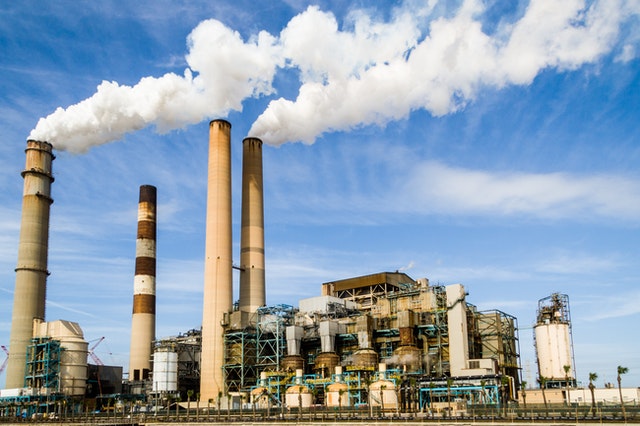
This is the second article in a series describing the potential being created for local manufacturing by 3 factors. The first dealt with the Continental Free Trade Area, whereas this piece will deliberate on the Green Energy Transition. This transition describes the world’s movement away from the burning of fossil fuels for energy towards more renewable sources. Fossil fuels have powered the world’s economy for much of the industrial era. They are, however, now widely recognized as the most significant contributor to the climate crisis. As such demand is being spurred for renewable energy.
Zambia is host to a number of transition metals which will be required in larger amounts. Transition metals refer to a group of metals known for their strength; high melting and boiling points; and good conduction of heat and electricity. As a consequence, many of them are used in electrical technology. Beneath our soils are deposits of copper, nickel, manganese, lithium, and cobalt; all transition metals.
According to The International Energy Association, in its Road to Net Zero by 2050 Roadmap, the proportion of total power from renewables would need to rise from the current 10% to 60%; whilst the contribution of fossil fuels to energy would need to reduce from 80% to 20%. (IEA, 2021). Current production of copper, cobalt, lithium and nickel is inadequate to meet projections of demand in a net zero scenario along the time horizon to 2050. These shortfalls are as high as 67% in the case of cobalt and nickel (IMF, 2021). Compounding this are the heightened regulatory hurdles in taking a mine from exploration to production, a process that can take over a decade. With this forecasted mismatch between demand and supply, market equilibrium will only be attained through increased prices.
The market for Electric Vehicles represents a segment of the Green Transition experiencing exponential growth, now accounting for 10% of all automobile purchases, four times the market share in 2019. Private and public spending on EVs doubled between 2020 and 2021. A greater number of countries are announcing plans to phase out Internal Combustion Engines, setting the stage for continued robust growth in the industry. The market for production of EV batteries is at present dominated by the Chinese who are responsible for three-quarters of all lithium-ion battery production. A few other regions have a stake in the market, such as Europe and the US; where Europe plays a sizeable role in assembly, particularly in cobalt processing. The aforementioned producers source their raw materials from resource-rich countries, such as the DRC and Zambia in Africa; as well as Chile and Peru in Latin America. There is thus scope to diversify supply chains, skewed towards Africa, which is intuitive given most of the minerals are sourced here.
Manufacturing of the battery is the most profitable part of the EV value chain. This is where Zambia and the DRC hope to compete. The two countries have every right to do so, given they hold 80% of the world’s cobalt reserves. There are already large producers in this market. The advantage we have, however, comes with the localized nature of raw materials. Whereas producers in China, Europe, and the US have to import all or at least some of the required metals, covering significant distances, Zambia and DRC have all these resources beneath our soils. As mineral shortages begin to weigh in on market prices, investors may look at our two countries as a cheaper place to commence production. To this effect MOUs have been signed with the DRC and the US, resulting in a framework agreement on the establishment of Special Economic Zones for battery production in Zambia and the DRC.
In conclusion, for eons, Zambia has been an exporter of primary raw materials. The EV market provides us with an opportunity to change this narrative. Market dynamics will make our country, together with the DRC attractive propositions to investors, looking to penetrate this burgeoning market. With batteries, Zambia manufacturers can add value to minerals and capture more in exports. Zambia and the DRC as front runners in this drive on the continent can establish a hub of expertise with regard to EV batteries, which is sure to catalyze our economies toward meeting the development aspirations of our people.
The Author is an Assistant Policy Analyst at the Zambia Association of Manufacturers


